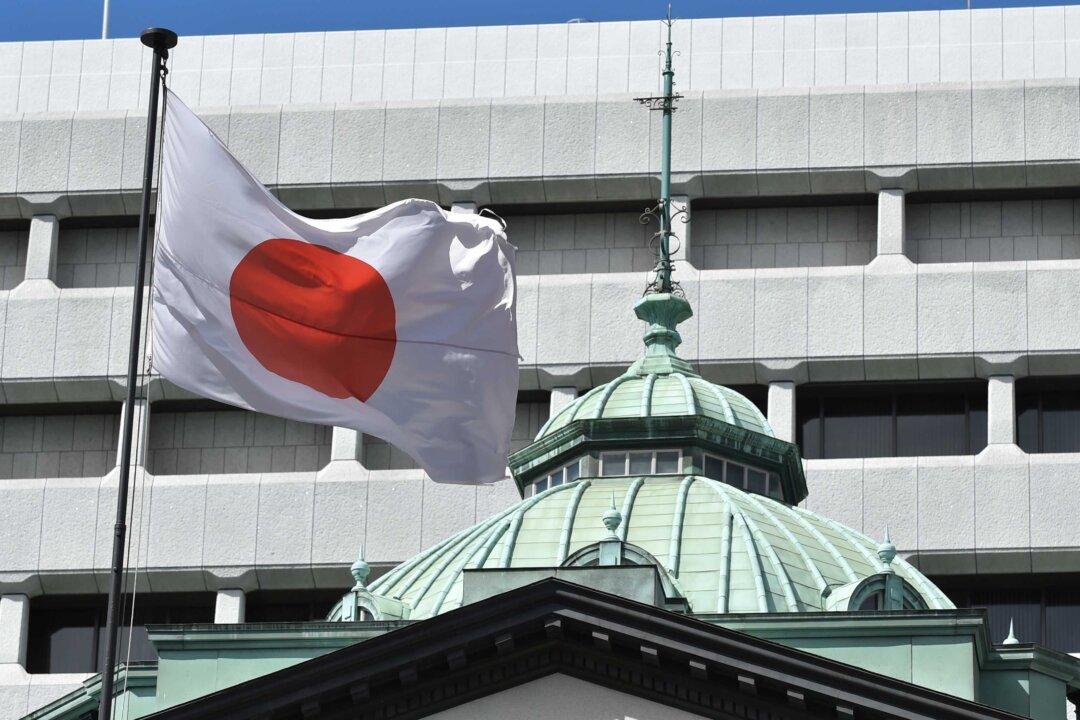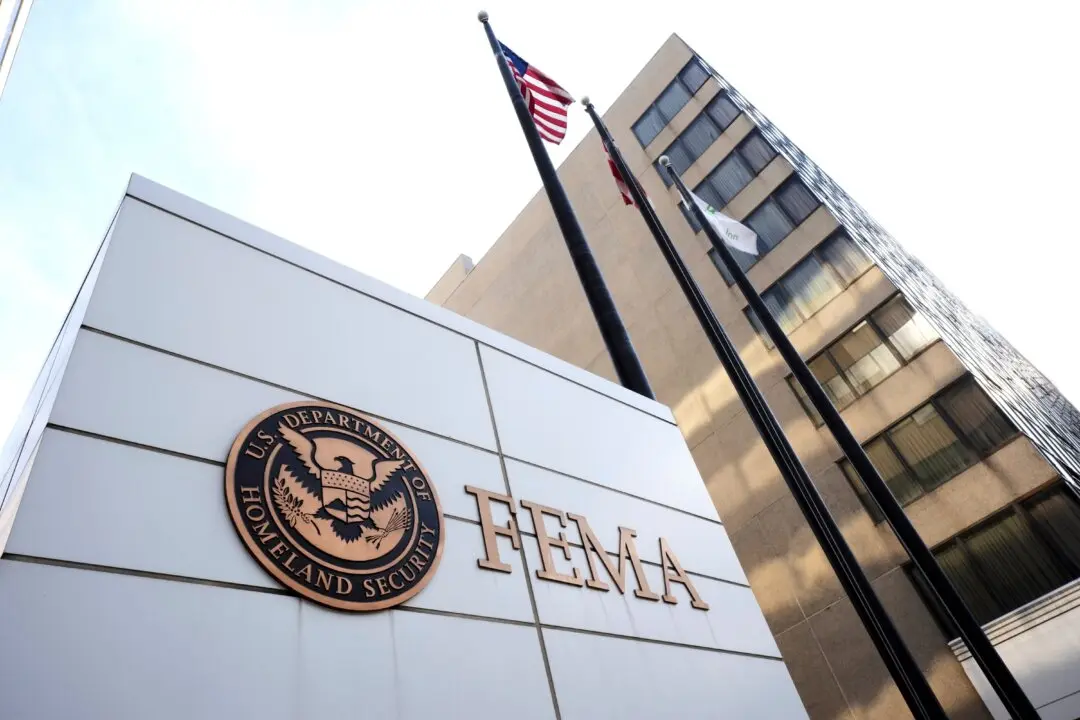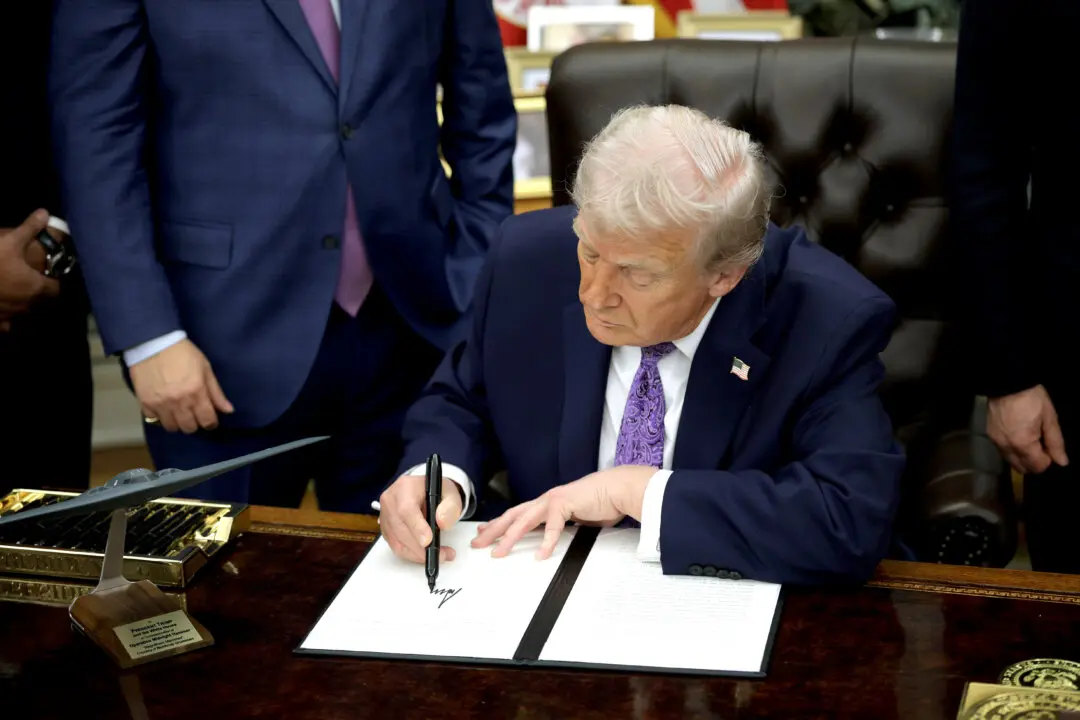Japan has teamed up with Britain and Italy to jointly develop next-generation fighter aircraft by 2035, as Japan seeks to broaden its defense alliances in the face of emerging security threats.
The three nations announced Friday the Global Combat Air Program (GCAP), a collaborative effort to build next-generation fighter aircraft by combining Britain’s Tempest and Japan’s F-X fighter programs.





